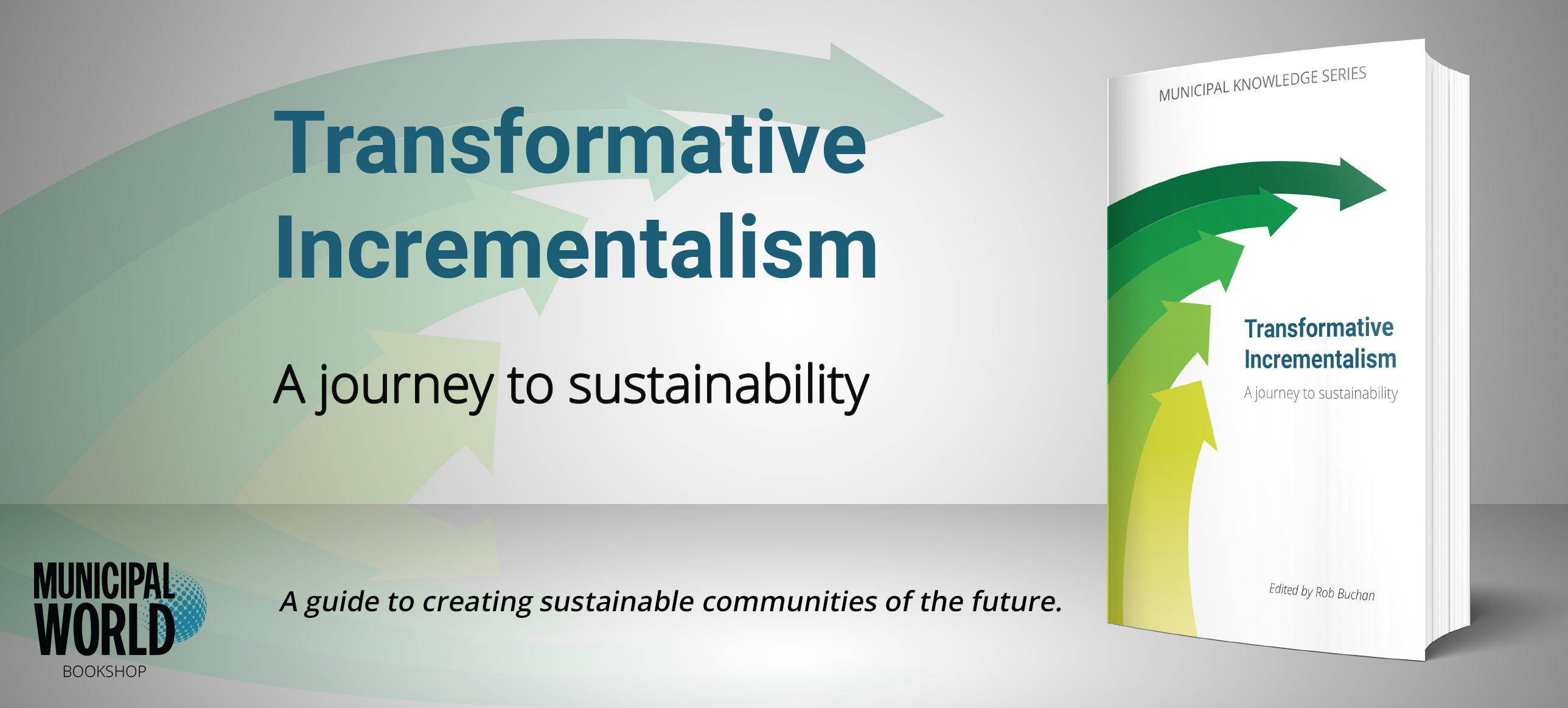You're not ready - 10 tips to prepare your municipality for emergency communications

Over a 77-day period in Summer 2017, 272 wildfires resulted in 149 evacuation changes throughout British Columbia’s Cariboo Regional District (CRD). From July 6 to September 20, more than half of their residents were put on evacuation alert or order covering 48,099 square kilometres, making it the largest land evacuation since the 1950s Red River floods.
Throughout the disaster, a team of information officers created 122 media releases and 103 videos, and organized dozens of information meetings, all in an effort to keep the region’s 61,000 residents informed. Based on the experiences communicating throughout Canada’s longest disaster, and two more disasters that followed in the next 10 months, below are some tips to improve communications for your municipality during emergencies.
1. Update your crisis communications plan on a regular basis.
Hopefully, you have a crisis communications plan that is updated annually. Could you hand it to anyone in your organization and have them become an information officer within an hour? They will need to know where documents are, how to log into various media accounts and emails, and follow the process to get information out within the golden hour. If they cannot, your plan is only decorative. The best plans assume that someone who is not a professional communicator will be filling the role for the first days of an emergency.
2. Think strategically, act tactically.
You may often get caught in the moment, responding to the needs of the hour. While “what’s next?” is a typical response in emergency communications, you must think how your current actions will impact future communications. Your wording must be consistent, yet always evolving, to prepare people for eventual changes.
3. Distribute detailed maps with evacuation changes.
Assume there will be immediate outages of cellular networks due to being overwhelmed or out-of-service. With internet and cellular networks being unavailable, detailed maps become crucial tools for emergency responders and residents under evacuation. In CRD, for example, cellular network access is limited to the highway corridor. During the evacuation, detours involved rarely traveled roads and many of these were shrouded in smoke, making it particularly difficult at night. Support from the Geographic Information Services group is essential for being prepared to respond quickly with evacuation maps in various printable and online formats.
4. Assume modern communications will not be available to residents.
Internet, cellular, and radio signals will not be available for at least some residents. The loss of AM radio has left a major gap in rural communications throughout most of Canada, and FM radio has limited reach. Having directional signage available, along with printed current local road maps – that include rarely used roads – is necessary for emergency responders who will work evacuations, especially if they’re not from the area.
5. Broadcast daily video and audio updates to reach media and residents.
Three weeks into the CRD emergency, traditional media became less interested in spreading our news and moved on to other stories. This resulted in a major gap in communications. With citizens evacuated outside the region, and forced outside neighbouring regions due to overwhelmed accommodations, residents were displaced to other provinces and countries.
To address this gap, the region used daily video updates to keep residents up to date on weather, fire activity, and evacuations, as well as letting them know what to expect in the future. Audio from the videos was used on the information phone line, so people who had limited or no access to the internet could hear the update. We consistently rotated two hosts from emergency operations and two from the main agency (wildfire) to build trust with the audience. The videos were released daily around supper.
Information videos were also produced to break down agencies’ involvement on a deeper level, or a specific role, so the public could better understand the people and organizations behind the scenes. From emergency social services to wildfire fighters, police to tourism, many topics of interest were shared with residents. All videos were shot in a single shot, only editing the starts and ends before posting. This kept videos authentic and quick to go from production to distribution. (For public meetings, you can shoot live to Facebook and record at the same time with a different camera for YouTube/Twitter. You’ll need a mirrorless camera with mic input and a spare battery, both lapel and on-camera microphones, and a tripod. Hosts should be trustworthy, not robotic or salespeople, but down-to-earth and able to deliver difficult messages in a way that is clear and gains the trust of the audience.)
6. Improve communications with a community liaison network.
Find people who are respected in their community, who know basic local geography, and who are well-connected. Train these people to a standard for gathering and spreading information to and from your emergency operations. Depending on the community, they may liaise information at information centres, phone trees, or public meetings. This will give locals a direct contact in rural and remote communities, which communicate differently than urban communities, and help build trust in your emergency operations.
7. Use all mediums to spread your message.
Twitter? Media releases? Information phone lines? All of these channels, and many more, must be used. Keeping up with all of today’s available media isn’t easy. However, it can – and must – be done.
8. Begin planning for recovery and consultation in the first weeks.
Be ready with recovery and consultation plans. CRD’s first evacuees returned to their homes before most residents had even been evacuated. They had many questions about recovery when we still had months of evacuations to complete.
9. Be prepared to sleep in your office.
How will you block out and turn off lights? Do you have a sleeping setup, including a single air mattress and sleeping bag? Does your office have a shower on site? Sadly, all of this assumes you will have time to sleep.
10. You’re not ready.
During the Cariboo Regional District wildfire emergency, three months in a state of emergency tested every process, person, and resource beyond what could be imagined. In the middle of summer, simply finding trained people who were not at another emergency already was very difficult. It resulted in accepting short deployments of a few days to those who came from 1,000 kilometres away and stayed for weeks. Our communications plan was not adequate, so we actually took time mid-disaster to re-evaluate and develop a new plan – which is unheard of in a disaster.
What did we learn? We weren’t ready – and today’s disasters will clearly demonstrate that you likely aren’t ready either. MW
The authors led communications throughout British Columbia’s wildfire disaster, as well as an extensive community consultation process post-disaster. Their valiant efforts were recently recognized with the prestigious Shield of Public Service award from the Canadian Public Relations Society.
A version of this article was published in Municipal World, November 2018
Municipal World Insider and Executive Members: You might also be interested in the full version of this article or in Ryan Maeck’s article: A simplified approach to emergency management. Note that you can now access the complete collection of past articles (and more) from your membership dashboard.
Tim Conrad, APR, is a Public Relations Consultant with Butterfly Effect Communications, who has worked many disasters across Canada.
Emily Epp is a former wildfire information officer who is the Communications Manager for the Cariboo Regional District in British Columbia’s interior.
Related resource materials:



